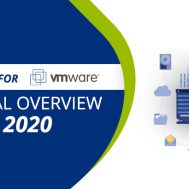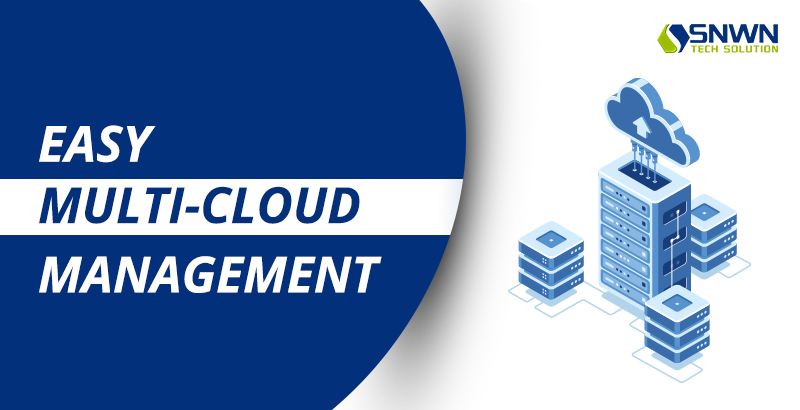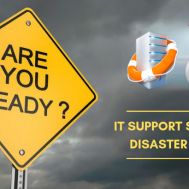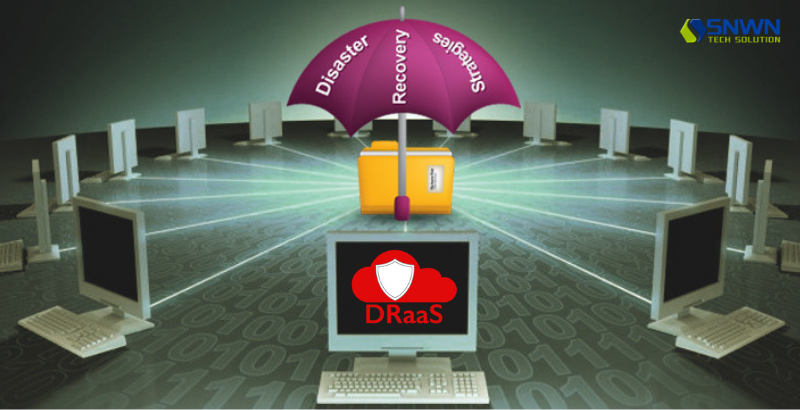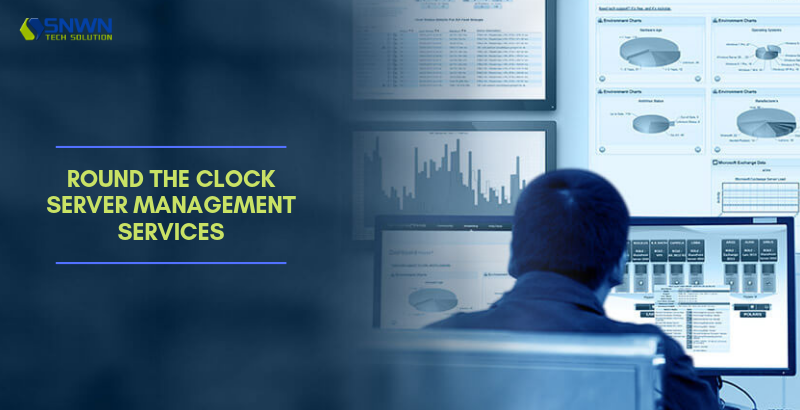OnApp has launched their latest version of cloud management: a provisioning and billing portal for VMware cloud providers.
OnApp is a UK-based software company. Their products enable service providers and enterprises to build and operate IaaS public cloud, private cloud, Disaster Recovery and Content Delivery Network environments.
OnApp v6.0 now supports VMware vCenter, along with vCloud Director that enables cloud providers to use OnApp’s self-service portal to offer multi-tenant public cloud and at the same time offers the benefit of OnApp’s flexible pricing, packaging and access controls.
It also simplifies cloud management and provisioning for companies with multiple VMware vCloud Director environments; simultaneously simplifying cloud integration with Business and Operational Support Systems (B/OSS); and introducing a new billing and access control system.
Their new billing system, Buckets, makes it easier for cloud providers to package and price new types of cloud services. The new release also adds Veeam support for backing up VMware cloud workloads.
The latest version of OnApp replaces the complexity of native UIs with a single pane of glass for cloud management, provisioning and billing. It also extends OnApp’s automation, monetization and integration capabilities for vCloud Director; also now, it brings the same benefits to vCenter as well.
The VMware cloud is now easier for providers to manage, and for customers to buy. This is made possible by bringing multiple vCloud Director and vCenter instances into one UI.
The new billing and backup options help VMware cloud providers to have more ways of tailoring their services to specific types of customer.
They introduced new export tools for billing data. This helps VMware cloud providers accelerate “lead-to-cash” by simplifying integration of cloud services with their existing Business and Operational Support Systems.
It makes detailed metering and billing data available through its intuitive user interface, as flat file exports, and via its full API. It also adds easy migration of workloads to KVM, allowing cloud providers to offer services with different price/performance characteristics alongside their VMware-based clouds.
Now turn your vCenter environment into a secure self-service cloud OnApp’s latest version helps improve vCenter automation and billing, simplifies multi-cloud management, and enables secure self-service through a fully customizable Graphical User Interface.
Secure Self-Service
With OnApp, you can give departments and end users the ability to deploy, manage and destroy virtual machines without giving them the access to your vCenter environment. They can manage their own cloud resources, just as in a public cloud.
By offering users (developers) the ability to spin up their machines as needed for testing, Self-service significantly improves the agility of your IT department within the constraints set by your business.
Easy multi-cloud management
OnApp gives you the opportunity of managing multiple vCenter environments, multiple private clouds, or a mix of private and public clouds.
You can easily manage clouds built on KVM and VMware, and provide access to AWS and OnApp public cloud resources through one UI.
Automation
OnApp enables widespread automation of virtual server deployment and management.
It contains a built-in workflow automation system that makes it easy to deploy applications during or even after provisioning, add tools and framework technologies to a virtual server, upgrade software automatically, and much more.
Centralized template management
You get a central location for template storage, from which templates can be deployed in any of your vCenter environments.
You no longer have to waste time in setting up separate libraries in multiple locations, or waste storage space through duplication. Any and every new vCenter you add to OnApp has instant access to the same template library.
Centralized service management
OnApp v6.0 maintains a central catalogue of services that can be provisioned by users from a single login, even if the services may exist in multiple locations.
Services can be deployed automatically; they can even generate a request for manual fulfilment by your teams.
It is very easy to add your own services to the catalogue – from virtual server instances and applications, to managed or professional services.
Metering for chargeback
It has a comprehensive resource metering system that supports a wide range of different chargeback, show-back and billing strategies.
Whether you need to assign cost to internal users or departments, or invoice end user clients, it has become much easier with the latest OnApp version.
Governance
The latest OnApp version provides users with a range of access control and auditing features to improve governance across cloud environments.
- Resource Access: locks down user access to only the resources they need, for any number of different user roles.
- Template Access: ensures users can access only a specific set of applications or OS templates.
- Change Tracking: get clear visibility of changes made across your environment easily.
- Central Change Logging: you can track changes made to machines in multiple cloud environments all from a single location.
- Approvals: approve changes that were requested before they are made.
Extend beyond IaaS
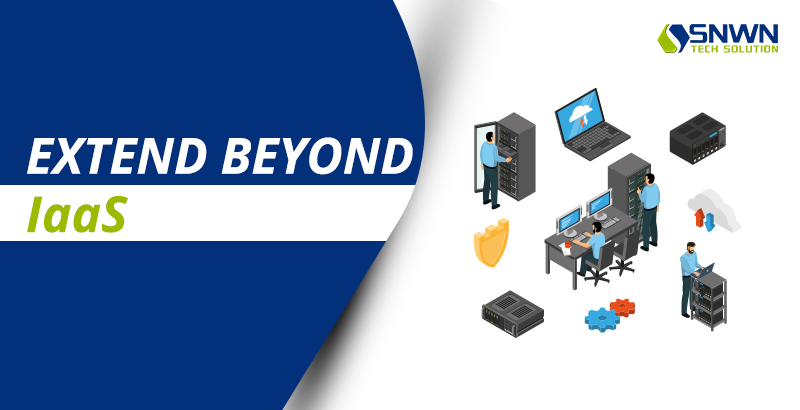
You can now enhance your vCenter environment with private or public CDN, bare metal servers, smart servers and the huge range of other capabilities enabled by the newest version of OnApp cloud platform.
OnApp v6.0 for VMware cloud providers is now available to everyone through the VMware Cloud Provider Program, and direct from OnApp.
